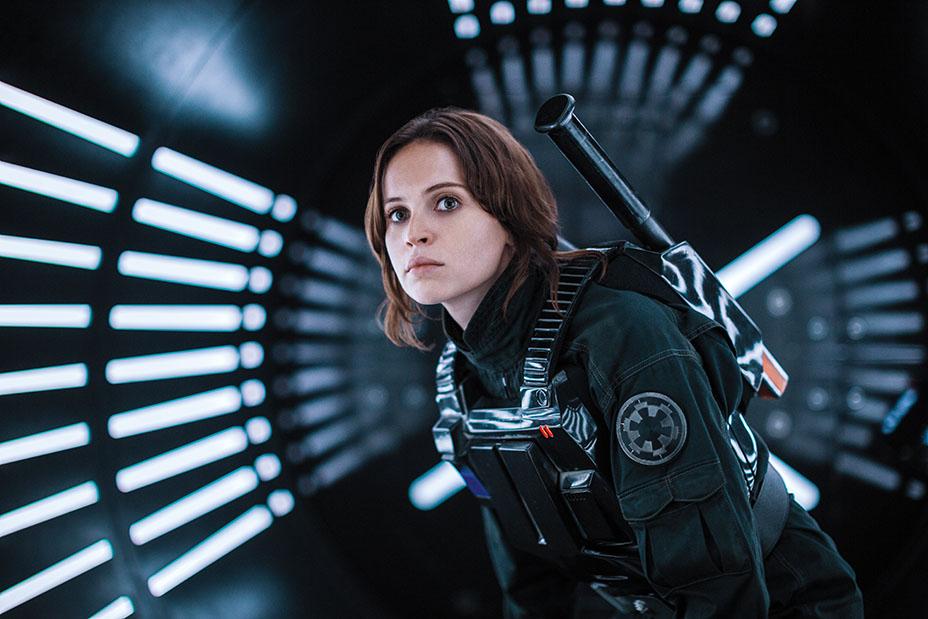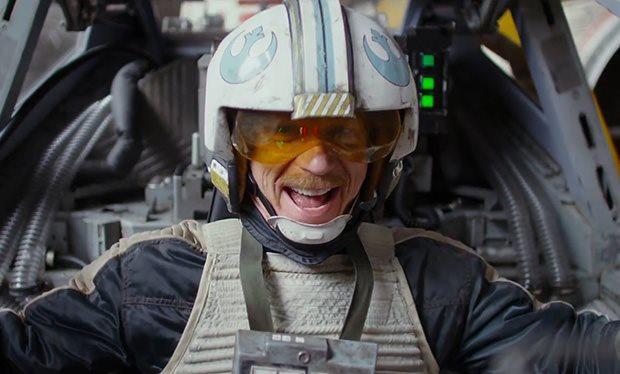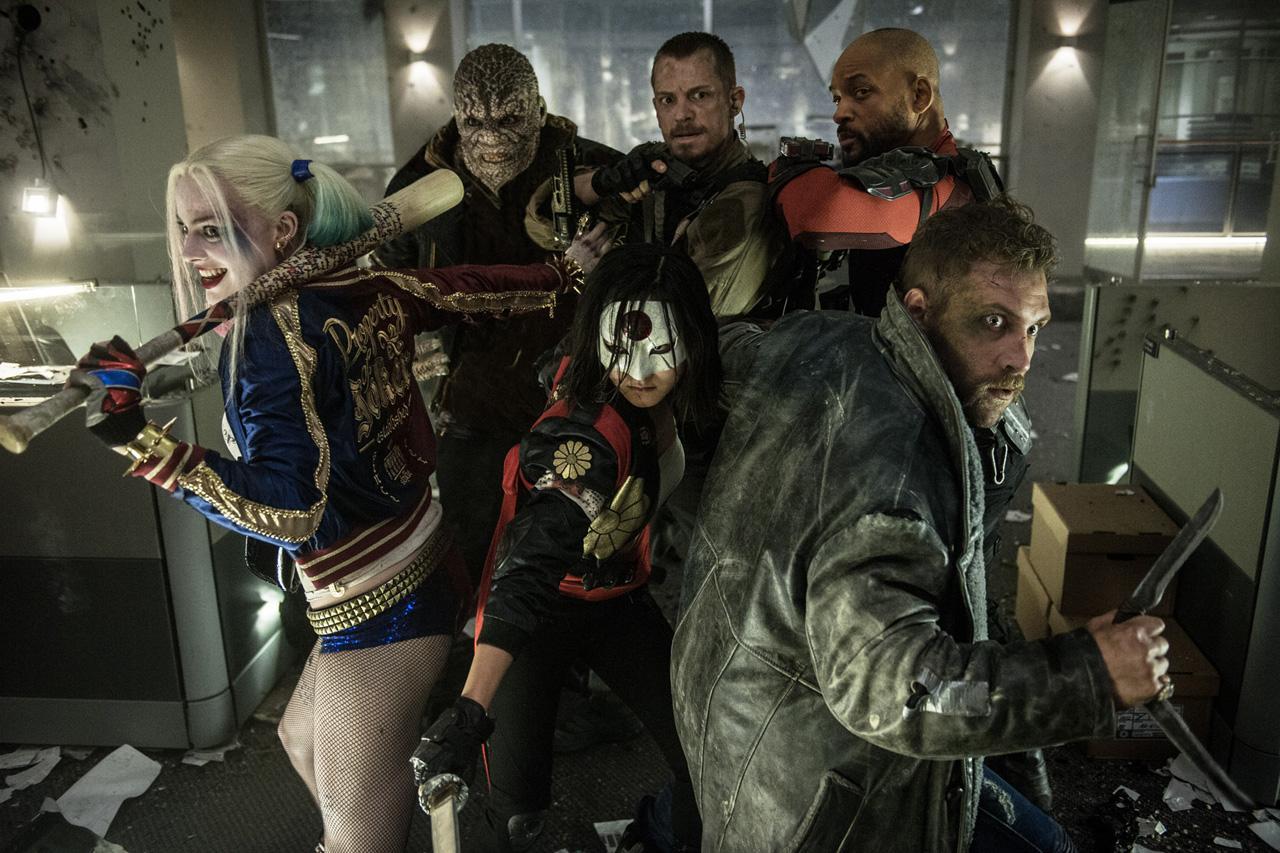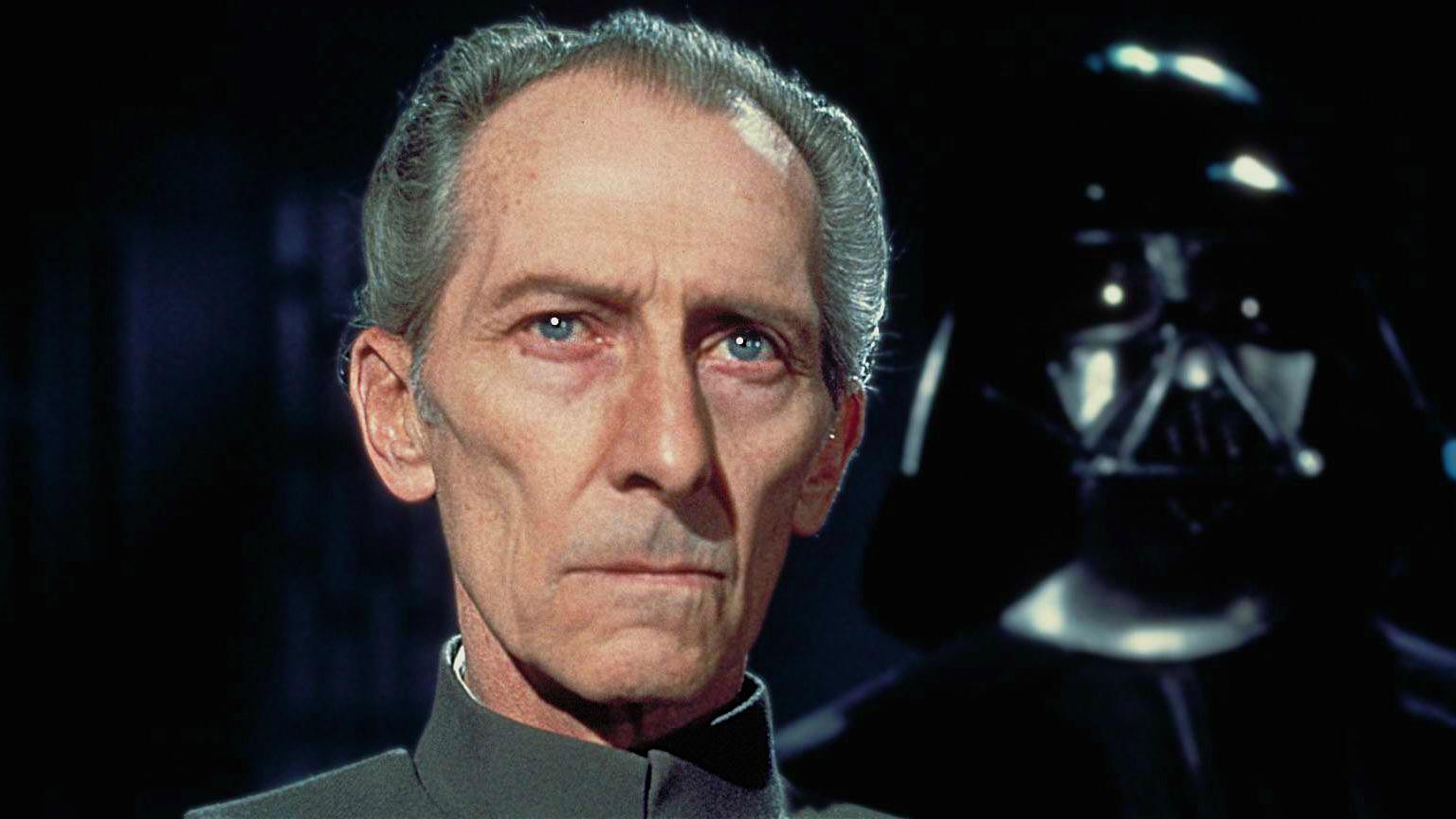Rogue One and Suicide Squad editor talks reshoots, deleted scenes and Star Wars spin-off expectations
'On very big features, there’s a lot at stake. When there’s a lot at stake, you need to get it right'

After months of waiting Rogue One: A Star Wars Story is finally in cinemas with critics widely praising the Star Wars spin-off. However, as eagle-eyed fans have pointed out, numerous scenes from the trailers are missing from the final film.
In a phone interview with The Independent, one of the film's editors, John Gilroy – who previously worked on Pacific Rim, Nightcrawler, and Suicide Squad – spoke about those infamous reshoots.
Along with confirming “a lot of the movie changed”, Gilroy talked about looking through the dailies from A New Hope, working on Suicide Squad, and whether fan reactions' to trailers effects the final film.
I thoroughly enjoyed Rogue One, and had a massive smile on my face the whole time. Were you a Star Wars fan beforehand?
Of course, I’ve always loved the Star Wars movies. I was a young man when they first came out. I’m not a fan the way I know there are fans. I really enjoyed them and wanted to make a movie that would please those people and people uninitiated to Star Wars.

Was there a sense of responsibility making this, knowing it was the first Star Wars spin-off?
Sure, I know there was a lot riding on the movie and they were branching out. Other films following this one. It was really important this one turned out well. It may have made me work a little harder, if not faster.
The film feels different to other Star Wars film, particularly the beginning with the planet hoping and name tags. Was there ever a worry this could be too different to the main saga, that maybe you had made it too unlike Star Wars?
I think all the filmmakers were gauging that, asking themselves that question all the way down the line. Naming the planets became very helpful to us. We didn’t have that opening crawl and we did have to bounce around these planets at the beginning to really set up this story. The title card was a new thing for Star Wars but was also very helpful. We decided it was a good change and what we wanted for the film. We wanted to keep it Star Wars faithful but also pressing the envelope of what we wanted a Star Wars movie to be.
I was reading how you watched the dailies from A New Hope. When you were watching those, were there any surprises or highlights from what you saw?

Watch Apple TV+ free for 7 day
New subscribers only. £9.99/mo. after free trial. Plan auto-renews until cancelled.
ADVERTISEMENT. If you sign up to this service we will earn commission. This revenue helps to fund journalism across The Independent.

Watch Apple TV+ free for 7 day
New subscribers only. £9.99/mo. after free trial. Plan auto-renews until cancelled.
ADVERTISEMENT. If you sign up to this service we will earn commission. This revenue helps to fund journalism across The Independent.

For my part, I was very much focussed – in terms of A New Hope Dailies – on the pilot footage: the Red Leader and Gold Leader. There were ideas about ‘Can we get them into our movie? Can we get them into the battle?’ Certainly – in the timeline – it was possible they would be part of that battle. It’s always very interesting to see dailies from a movie 40 years old. You watch the little mistakes, all the coaching, the directing, hearing George [Lucas] in the background.
Was it very different the way George was directing his crew and the way Gareth Edwards directed his?
No, not really. For that bit, you have an actor sitting in a fake cockpit. They have to pretend everything. “Now something's coming from your right. Now you’re banking left.” It’s all pretty mechanical but it’s very interesting. I guess, in that sense, they were very similar. It’s a very artificial situation.
How did editing Gareth’s footage compare to working on other films? He’s very hand on, apparently.
I was given some free range to do things. I came on and helped shape a few things, to try some things, and I did. We had reshoots. In terms of being hands-on, I would say it was about normal for directors.
You mentioned reshoots. How much input did you have with those?
I came on a little bit later than the other two editors. When I came on, there was a plan, so we did some photography. I was very much set on the movie that you see. There have been other incarnations of the movie, with different scenes that were not used, but I didn’t think about them that much. I was thinking about the movie that we had to make.
In some of the trailers, there’s some very different footage.
They were trying different things, obviously, as they went along.
There was one where Jyn was holding the Death Star plans and running through what looks like a London tube. Was there another ending in sight at the beginning?
I would say a lot of the movie changed. That’s the simplest way to put it. I’ve said we definitely changed things at the beginning, added scenes developing those characters, and that has a ripple effect through the whole movie. So, I know people have been watching and clocking the deleted scenes and saying, “I wonder how that fit in?” but I was mostly concerned with the movie you saw. I was there to put that movie together.
In a previous interview, I believe someone said there was a rough cut of Rogue One made using other films.
Colin [Goudie, another editor] said that. He saw everything at every stage of this journey. And that happens – I’ve been on films where you make a pacemaker. Taking scraps of other films and making a sketch with other films, It’s not unheard of at an early stage of a film.
It actually reminded me of the first Star Wars film when George Lucas took old Second World War film footage and used them for the Tie-Fighter scenes.
Exactly! So they could really understand the star battle. He could pull all that aerial combat footage. It was a big eye-opener for ILM (Industrial Light & Magic). I saw a documentary about that and people were talking about that.
What were the other films that influenced you when working on Rogue One?
I don’t bring in any preconceived idea. I’m a firm believer that the film tells you what to do and you have to be a very good listener when you’re a film editor. We had a good plan and you need to mine every scene, get the most out of every scene. Then put them together in sequence, see how that goes. I’m a conduit, I let the movie tell me what to do.
You worked on Suicide Squad earlier in the year. Because these two films feel very similar, in that both feature teams of strangers teaming up to do good. The beginnings of both in particular, one starts with planet hoping, the other with briefings on their background: did you see similarities between the two?

Suicide Squad had a Dirty Dozen sort of aspect to it, taking these misfits and putting them in a group. In a way, Rogue One sort of does that. It’s just happenstance that I happened to be working on them back-to-back like that. It’s funny, when I was putting Rogue One together I didn’t even think about that connection. But I can see how one would make that connection. There is some similarity.
It’s interesting that both those films had a lot of talk of reshoots and deleted scenes from the trailers.
A lot of things happened on Suicide Squad too. I’m not going to go into all that, but sometimes on these very big features, there’s a lot at stake. And when there’s a lot at stake, you need to get it right. Filmmakers need to feel they’re getting it right. So, people sometimes change their mind. People add different ideas and I guess you can say that about both these films.
Because these trailers are sent out so far beforehand, does the reaction to them change the way you edit the film? Or are you completely oblivious to them, ignoring the reaction from fans at places like Comic-Con?
I ignore it. A trailer or a comic-con piece is a totally different thing to what we’re really doing. But, it’s really nice to clock. What the early trailers on Suicide Squad did was show Warner Bros. people are very interested in the movie and the series. I’d say those short form things are an art in and of themselves. That’s a whole other thing. I don’t normally think about it too much and there’s not a lot of interface between the two disciplines.
Working on the CGI Tarkin and Leia, you must watch the actors and choose the scenes before the CGI is placed on.

With Tarkin, we had an actor playing him – Guy Henry – who is really acting. Then ILM’s task is to replace him with Governor Tarkin. We’re cutting and they’re doing their work and we’re trying not to make too many changes because every time I make a change I make a lot of work for people over there. You have to get the edit first, then work on the shot. Every frame has to be lavished on, every frame has to be right.
Your brother Tony worked on the script. Did it feel like a family affair?
Yeah, Tony did. I guess it did, in a way. Tony was invaluable to the process.
Were there any Star Wars tropes, like using the wipes, that you in particular wanted to put in the film?
The wipes were part of the film during its early inception. But we wanted to keep it original. We realised we really didn’t need them. And once you remove something you realise you don’t need, it fell away. We tried, gave them their run, and then they fell away. But the movie played better without them.
‘Rogue One: A Star Wars Story’ is in cinemas now
Join our commenting forum
Join thought-provoking conversations, follow other Independent readers and see their replies
Comments
Bookmark popover
Removed from bookmarks